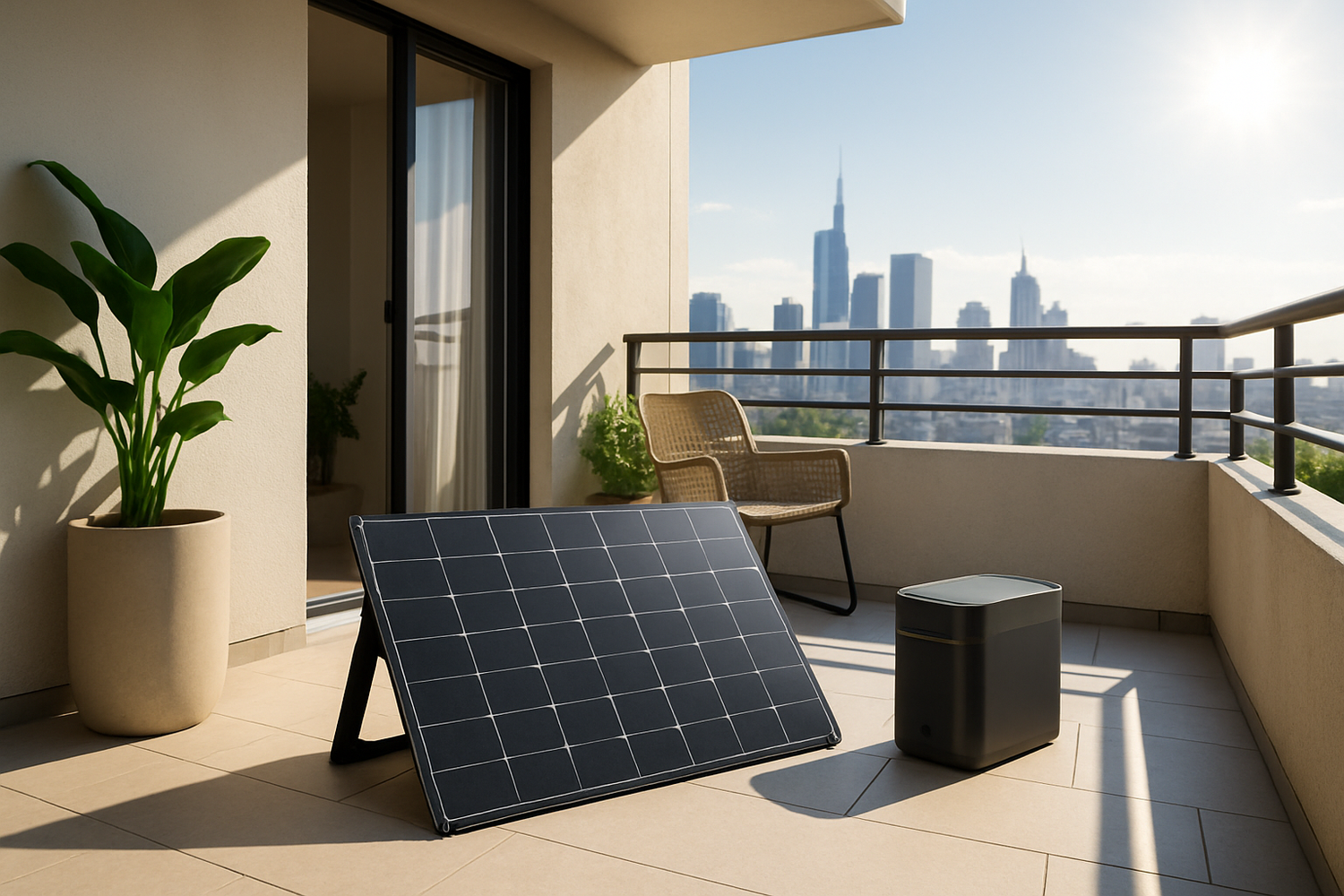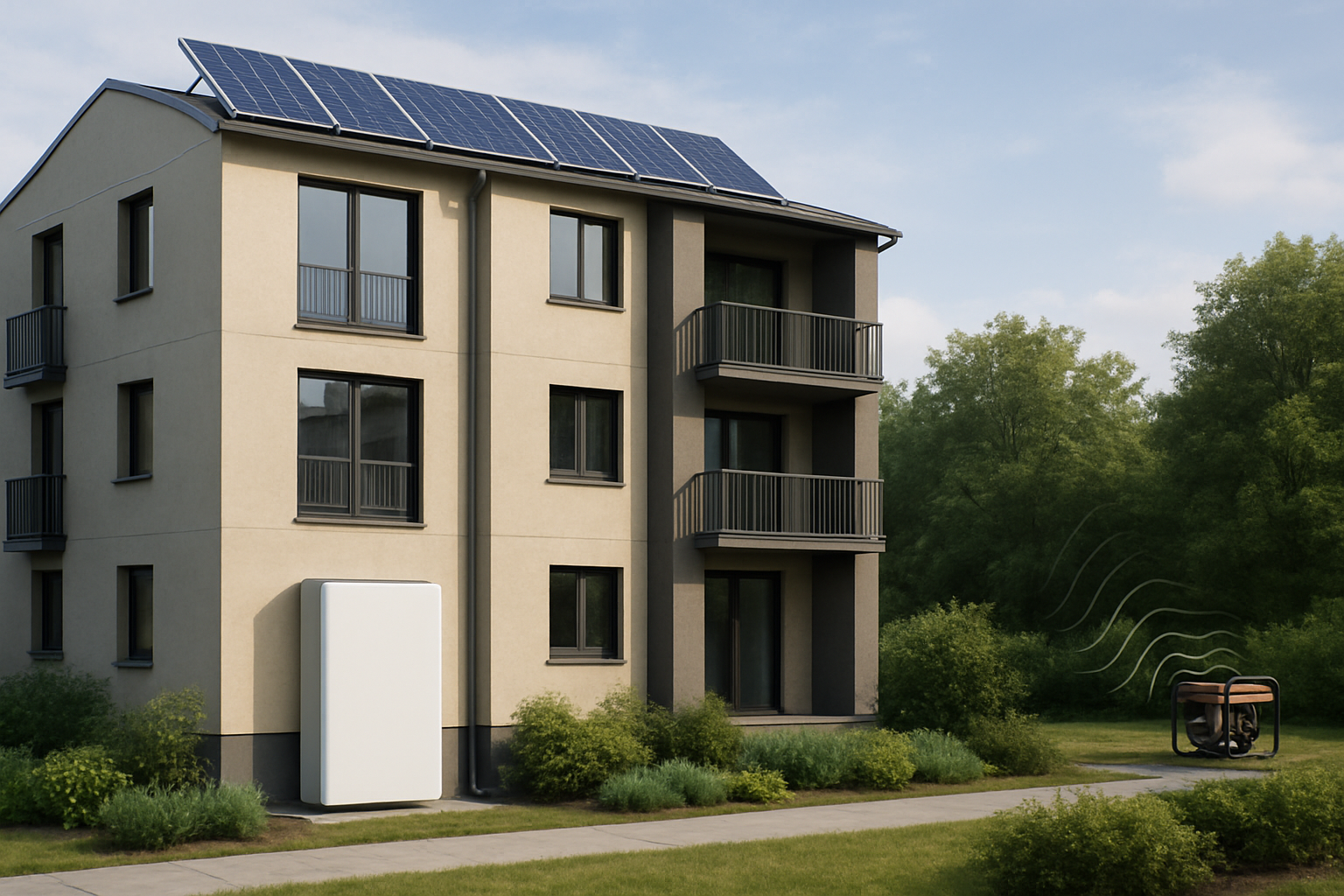The solar energy market is expanding rapidly, but a significant portion of the population has been largely left out: renters. Tapping into this market requires a different approach to financing, one focused on community and flexibility. Credit unions, with their member-centric philosophy, represent ideal allies in this effort. Forging a partnership with a credit union can unlock new opportunities for your solar business and make clean energy more accessible.
This guide provides a clear, nine-step framework for building a successful partnership with credit unions to offer specialized solar loans for renters. This collaboration can help you serve a new customer base while empowering communities with renewable energy.
Why Credit Unions Are Ideal Partners for Renter Solar
Before diving into the steps, it’s important to recognize why credit unions are uniquely positioned for this type of initiative. Unlike traditional banks that prioritize profits, credit unions are not-for-profit financial cooperatives owned by their members. This fundamental difference shapes their entire approach to lending.
Community-Centric Mission
Credit unions are deeply embedded in their communities. Their primary goal is to serve their members' financial needs and contribute to local economic well-being. This mission aligns perfectly with community solar initiatives that aim to broaden access to clean energy. Offering renter solar loans allows them to provide a valuable service that enhances community resilience and sustainability.
Favorable Lending Terms
Because they are not-for-profit, credit unions often provide more favorable lending terms than commercial banks. This can include lower interest rates, fewer fees, and more flexible repayment options. For renters, who may face unique financial circumstances, these advantages can make the difference in being able to afford a portable solar and battery storage system.
Building Trust and Local Engagement
Credit unions have established trust within their communities. Partnering with a reputable local institution adds a layer of credibility to your solar offerings. It shows that your solutions are backed by an organization that has its members' best interests at heart, which can be a powerful driver for adoption.
The 9-Step Blueprint for a Successful Partnership
Creating a durable and effective partnership requires a strategic approach. Follow these nine steps to build a strong foundation for your renter solar loan program with a credit union.
Step 1: Conduct Thorough Market Research
Begin by identifying potential credit union partners. Look for institutions that have demonstrated a commitment to sustainability or community development. Review their existing loan products; do they offer "green loans" for electric vehicles or energy-efficient home improvements? A credit union already active in this space will be more receptive to a new solar initiative.
Step 2: Develop a Specialized Renter-Focused Solar Product
A standard residential solar loan won't work for renters. Your product must be designed for portability and flexibility. Focus on integrated systems that include high-performance LiFePO4 batteries and solar panels that are easy to install and move. These off-grid solutions provide energy independence without requiring permanent alterations to the rental property.

Step 3: Create a Compelling Value Proposition
Clearly articulate the benefits for both the credit union and its members. For the credit union, this partnership offers a way to attract new, younger members, diversify their loan portfolio with high-performing assets, and reinforce their community-focused image. For members, it provides a path to lower energy bills, gain energy independence, and contribute to a cleaner environment.
Step 4: Prepare a Comprehensive Partnership Proposal
Your proposal should be professional and detailed. It should include:
- Product Details: Specifications of the portable solar and storage systems.
- Financial Projections: Estimated loan performance, default rates, and return for the credit union.
- Risk Mitigation: A clear plan for addressing potential risks, such as what happens when a renter moves.
- Marketing Plan: A strategy for how you will jointly promote the program.
- Operational Workflow: A step-by-step outline of the application, approval, and installation process.
Step 5: Navigate the Initial Engagement
Identify the key decision-makers at the credit union, such as the Chief Lending Officer or the head of business development. Use your research to tailor your pitch to their specific interests and priorities. Networking at industry conferences and local business events can be an effective way to make initial contact.
Step 6: Address Underwriting and Risk Concerns
This is a critical step. Since the loan is for a portable asset, traditional underwriting needs to be adapted. The underwriting process will still involve assessing the borrower's creditworthiness and ability to repay. Propose clear criteria and be prepared to discuss how to secure the loan. This might involve a UCC filing on the equipment rather than a lien on a property. According to a report from the National Renewable Energy Laboratory (NREL), establishing clear vetting processes for installers and equipment can mitigate technology and performance risks for the lender.
Table: Homeowner vs. Renter Solar Loan Characteristics
| Feature | Traditional Homeowner Solar Loan | Renter Solar Loan |
|---|---|---|
| Collateral | Typically secured by home equity (real property) | Secured by the solar equipment itself (UCC filing) |
| System Type | Permanent, grid-tied rooftop installation | Portable, often off-grid system with integrated battery storage |
| Key Concern | Property value and roof condition | Asset mobility and renter's stability |
| Approval Factor | Home equity, credit score | Credit score, income stability, rental history |
Step 7: Co-Develop a Streamlined Application and Approval Process
The process must be simple and fast. Work with the credit union to create an online application portal that is easy to navigate. The goal is to minimize friction for the applicant. According to the IEA, simplifying administrative procedures is a key action to accelerate rooftop solar deployment. This principle is just as relevant for renter-focused programs.
Step 8: Launch a Joint Marketing and Educational Campaign
Leverage the credit union’s communication channels—newsletters, social media, and in-branch materials—to reach their members. Focus on education. Many renters may not be aware that solar is an option for them. Create content that explains the benefits of portable solar, how the loan works, and the potential savings on electricity bills.
Step 9: Establish a Framework for Ongoing Management and Growth
A partnership doesn't end at launch. Schedule regular meetings to review the program's performance, discuss challenges, and identify opportunities for growth. Track key metrics like the number of applications, loan volume, and customer satisfaction. This data will be invaluable for refining the program and expanding it in the future.
Overcoming Common Hurdles in Renter Solar Lending
Successfully launching a renter solar loan program involves navigating a few unique challenges. Anticipating these hurdles allows you to address them proactively.
The Landlord-Tenant Dynamic
The primary concern is often the landlord. The solution is to focus on non-invasive, portable systems that require no permanent modifications to the property. Providing a clear, simple document for renters to share with their landlords, explaining the nature of the equipment, can also help ease concerns.
Asset Mobility and Security
Lenders need assurance that their asset is secure. A UCC filing creates a security interest in the solar equipment, which is standard practice for asset-based loans. Additionally, the loan agreement should clearly state the borrower's responsibility to inform the credit union of a change of address and the procedures for moving the equipment.
Educating Stakeholders
Both credit union loan officers and potential borrowers need education. Loan officers must understand the specifics of the product to feel comfortable offering it. Renters need to understand how portable solar works and the long-term value it provides. Workshops, webinars, and clear, concise marketing materials are essential tools.
A Look Ahead: The Future of Community Solar Lending
Partnerships between solar companies and credit unions are more than just a business strategy; they are a vital component of the energy transition. As the IEA's World Energy Investment 2023 report highlights, investment in solar PV continues to grow, but ensuring equitable access is crucial. These collaborations democratize access to renewable energy, allowing renters to participate in a movement that has often been exclusive to homeowners. By empowering individuals with energy independence, these programs build more resilient and sustainable communities from the ground up.
Disclaimer: This article is for informational purposes only and does not constitute financial or legal advice. Consult with a qualified professional before making any financial decisions.
Frequently Asked Questions
What makes a renter solar loan different from a traditional solar loan?
A renter solar loan is designed for portable solar energy systems that are not permanently attached to a property. The loan is typically secured by the equipment itself rather than by home equity, and the underwriting process considers factors related to a renter's circumstances, such as asset mobility.
How do you handle the loan if the renter moves to a new apartment?
The loan agreement requires the borrower to notify the lender of any move. Since the solar system is portable, it moves with the renter. The UCC filing ensures the lender's security interest in the equipment remains in place regardless of its location.
What is the typical loan term and interest rate for these products?
Loan terms and interest rates vary by credit union. However, because credit unions are not-for-profit, they often offer competitive rates and flexible terms, potentially ranging from 5 to 12 years, to make the monthly payment affordable and comparable to the energy savings generated.
References
- International Energy Agency (IEA). (2023). World Energy Investment 2023.
- International Energy Agency (IEA). (2021). Unlocking the Economic Potential of Rooftop Solar PV in India.
- National Renewable Energy Laboratory (NREL). (2018). Solar Lending Practices by Community and Regional Financial Institutions.





Leave a comment
All comments are moderated before being published.
This site is protected by hCaptcha and the hCaptcha Privacy Policy and Terms of Service apply.